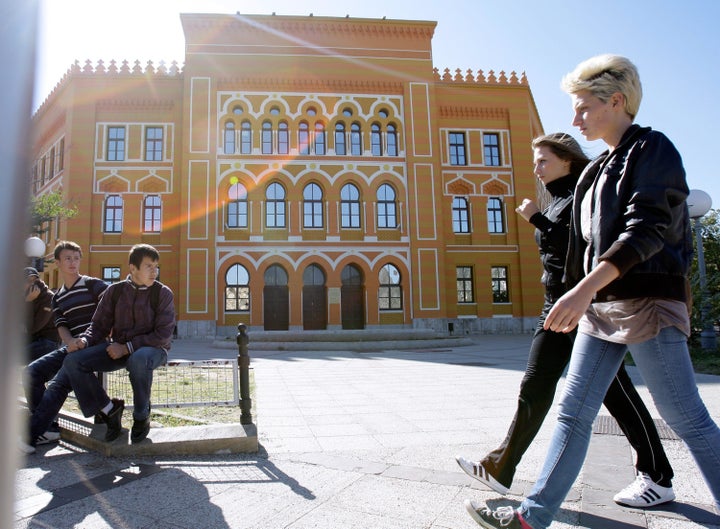
I'd like to take some time in this first blog post to set the tone by highlighting what I think is a key issue facing higher education today -- leadership. Innovative, flexible and bold leadership qualities are required to navigate our new complex environment.
In any business setting, "leadership" is one of those terms recited so often that the true meaning is obscured by its use to identify, blame, solve and even create problems. In higher education, leadership is even more ambiguous, as we grapple with changing student demographics, technology and new regulatory requirements that challenge the very core philosophy of higher education.
I'd like to present a few leadership challenges and qualities for the future of higher education. Food for thought, as it were.
Accreditation and federal regulation have added layers of legal complexity to online learning.
"If it moves, tax it. If it keeps moving, regulate it. If it stops moving, subsidize it." -- President Ronald Reagan.
Leadership Quality: Today's educational leaders must be fluent in regulatory rules, legal interpretations and compliance.
Today's dynamic environment means that the vision, mission and values of many institutions are fluid and always challenged.
Leadership Quality: Today's leaders must have the skills not only to motivate change, but also to eloquently articulate it for diverse audiences. This requires that leaders have an authentic and consistent relationship with stakeholders. The dialogue must be ongoing, collaborative and participative. This may be old news in a sense, but the context is new. The academy values tradition, but our world values change. How a leader manages the juxtaposition of tradition against the backdrop of change is critical.
Many structures have emerged within higher education for standardized definition, governance, measurement and assessment. How do we preserve creativity?
Leadership Quality: Today's leaders must maintain the focus on creativity. Creativity and innovation are the foundation of higher education -- and, the foundation of entrepreneurism and economic vitality. This means confronting tradition, but maintaining the synergistic connections between knowledge, experience, creativity and careers.
Higher education is becoming dependent on many new and emerging technologies.
Leadership Quality: Today's leaders must be fluent in many technologies -- specifically, the application of those technologies to learning -- and, take care to avoid technology becoming a distraction from learning.
Education for education's sake is becoming an antiquated concept. Students want a job, and higher education must deliver.
Leadership Quality: Today's leaders must be willing to challenge traditional notions of higher education and explore an ideological shift in the purpose and value proposition of higher education. Leaders must also focus on the interdisciplinary nature of learning and create integrated, authentic learning experiences that aren't "narrow" in scope and skill. Receiving a "higher education" that prepares a well-rounded mind and training for a successful career go hand in hand -- they are not mutually exclusive.
The automation of humanity... The world has automated many interactions and functions that are distinctively human.
Leadership Quality: The essence of leadership is not the leader, but the relationship. Leaders must cultivate relationships in multiple ways and using multiple tools. Rather than relying solely on asynchronous tools, leaders should use a variety of tools to articulate and connect.
Collaboration is an oft-quoted instructional ideal, but how it is modeled in the higher education organization may fall short of the ideal.
Leadership Quality: Today's leaders must adopt and adapt a decision-making process that is more open, less linear and more collaborative in order to foster creativity. This decision-making process can benefit from models like design thinking.